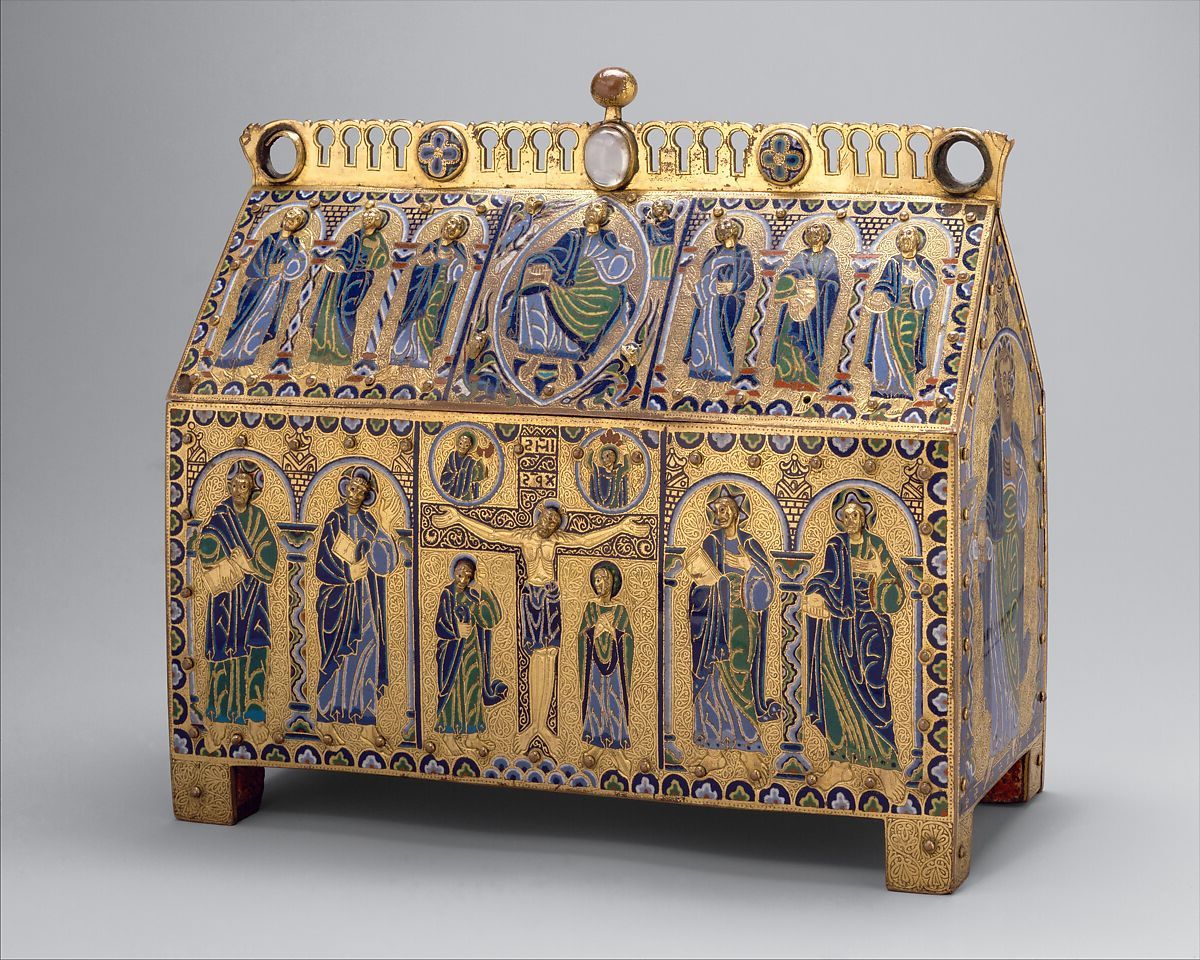
Christian relics have fascinated believers and historians for centuries. These sacred objects, often linked to saints or biblical events, hold immense spiritual significance. But what exactly are Christian relics? Christian relics are physical remains or personal effects of saints or holy figures, revered for their connection to the divine. They can range from bones and clothing to items believed to have been touched by Jesus or the Virgin Mary. The veneration of these relics has played a crucial role in the history of Christianity, influencing pilgrimages, church architecture, and even politics. Whether you're a devout believer or a curious history buff, understanding these relics offers a glimpse into the rich tapestry of Christian tradition. Ready to dive into 15 intriguing facts about these sacred objects? Let's get started!
What Are Christian Relics?
Christian relics are objects or remains that hold significant religious value. They often belong to saints or are associated with Jesus Christ. These relics are revered by many believers and are often housed in churches or shrines.
-
Relics are categorized into three classes: First-class relics are parts of a saint's body, like bones or hair. Second-class relics are items a saint owned or used. Third-class relics are objects that have touched a first- or second-class relic.
-
The Shroud of Turin: This famous relic is believed to be the burial cloth of Jesus Christ. It bears the image of a man who appears to have been crucified, sparking debates and studies for centuries.
Famous Relics and Their Locations
Many relics are housed in specific locations, drawing pilgrims from around the world. Here are some notable ones.
-
The True Cross: Fragments of the cross on which Jesus was crucified are spread across various churches. The largest piece is kept in the Church of the Holy Sepulchre in Jerusalem.
-
Saint Peter's Basilica: Located in Vatican City, this basilica houses the bones of Saint Peter, one of Jesus' apostles and the first Pope.
-
The Crown of Thorns: Believed to be the crown placed on Jesus' head during his crucifixion, it is kept in Notre-Dame Cathedral in Paris.
Miracles and Legends
Relics are often associated with miracles and legends, adding to their mystique and importance.
-
Healing Powers: Many believe that relics have the power to heal. Pilgrims visit sites like Lourdes in France, where Saint Bernadette's relics are kept, hoping for miraculous cures.
-
Incorruptible Saints: Some saints' bodies are said to be incorruptible, meaning they do not decay. Saint Bernadette's body, for example, remains remarkably well-preserved.
-
The Holy Grail: This legendary relic, believed to be the cup Jesus used at the Last Supper, has inspired countless quests and stories. Its location remains a mystery.
Controversies and Debates
Relics are not without controversy. Their authenticity and significance are often subjects of debate.
-
Authenticity Issues: Some relics, like the Shroud of Turin, have undergone scientific testing to determine their age and origin. Results are often inconclusive, fueling ongoing debates.
-
Relic Trade: During the Middle Ages, the trade in relics was rampant. Some were genuine, while others were fake, leading to skepticism about their authenticity.
Modern-Day Relevance
Despite controversies, relics continue to hold a place in modern religious practices and beliefs.
-
Pilgrimages: Sites housing relics, like Santiago de Compostela in Spain, attract millions of pilgrims annually. These journeys are acts of faith and devotion.
-
Relics in Art: Many relics are encased in elaborate reliquaries, which are works of art themselves. These containers often reflect the importance of the relics they hold.
-
Relics in Liturgy: Some churches incorporate relics into their liturgical practices. For example, altars often contain relics of saints, symbolizing a connection to the divine.
Lesser-Known Relics
While some relics are famous, others are lesser-known but still hold significant value.
-
Saint Anthony's Tongue: The tongue of Saint Anthony of Padua, known for his eloquent preaching, is preserved in a reliquary in Italy.
-
The Holy Prepuce: This relic, believed to be the foreskin of Jesus, has been the subject of much debate and curiosity. Its whereabouts are currently unknown.
The Fascinating World of Christian Relics
Christian relics hold a special place in history, culture, and faith. These artifacts, from the Shroud of Turin to fragments of the True Cross, offer a tangible connection to the past. They inspire devotion, spark curiosity, and sometimes even controversy. Whether you're a believer or a history buff, these relics provide a glimpse into the lives and events that shaped Christianity.
Relics aren't just about faith; they're about understanding our shared heritage. They remind us of the stories, sacrifices, and traditions that have been passed down through generations. Visiting these relics can be a moving experience, offering a sense of connection to something greater than ourselves.
So next time you come across a relic, take a moment to appreciate its significance. It's not just an old artifact; it's a piece of history that continues to inspire and intrigue people around the world.
Was this page helpful?
Our commitment to delivering trustworthy and engaging content is at the heart of what we do. Each fact on our site is contributed by real users like you, bringing a wealth of diverse insights and information. To ensure the highest standards of accuracy and reliability, our dedicated editors meticulously review each submission. This process guarantees that the facts we share are not only fascinating but also credible. Trust in our commitment to quality and authenticity as you explore and learn with us.


